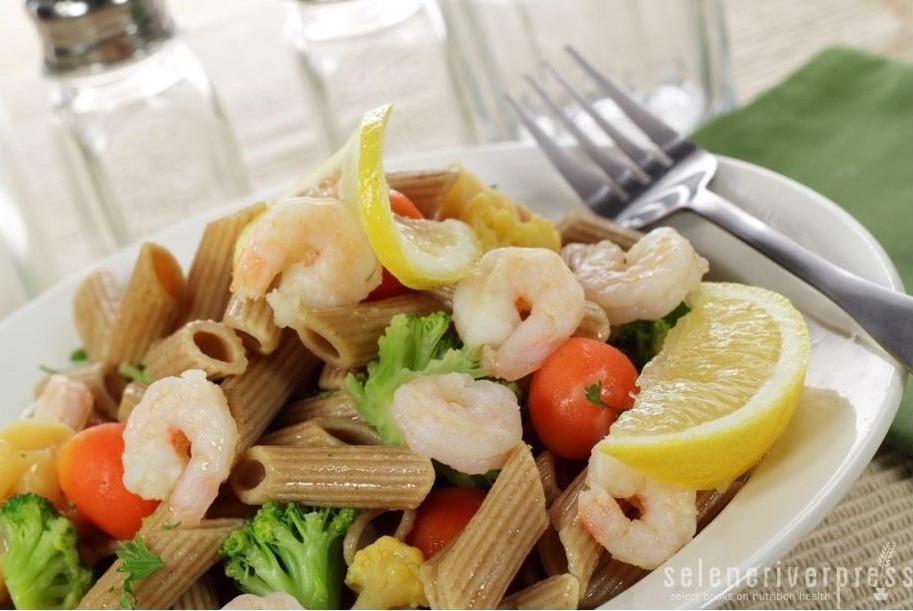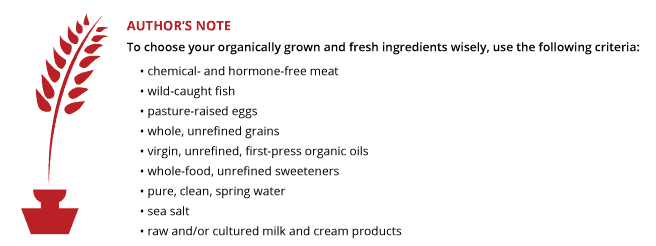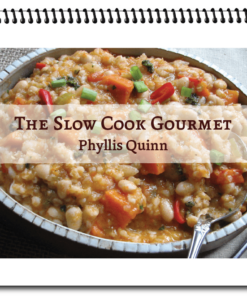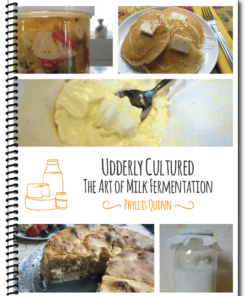It’s summertime, and some of us are still in self-quarantine. On a happy note, this is a wonderful opportunity to cook and nurture our bodies and our souls. Life is good, and staying well is good. I hope our lives return to a new normal that we can appreciate soon.
The Italians are amused by the cheeky term “puttanesca.” Some say it originates from the Neapolitan, meaning “in the style of the prostitute.” In other words, it’s a quick sauce that’s easy to make after a long day (or night) of work.
Another take on the etymology is from food historian Jeremy Parzen. He explains the name has more to do with the practical use of puttanesca in Italian—as an all-purpose profanity—than its literal definition. Parzen relates this anecdote: “Sugo alla puttanesca was invented in the 1950s by Ischian jet-setter Sandro Petti…When asked by his friends to cook for them one evening, Petti found his pantry bare. When he told his friends that he had nothing to cook for them, they responded by saying ‘just make us a puttanata qualsiasi.’ In other words, ‘just make us whatever crap you have.’”
As some of you might know, when I was in Italy, I frequently had the pleasure of dining on seafood that was caught just hours prior to our meal. One morning, I got up with my son Billy and his wife Annie at 5 A.M. and waited on the beach to buy the freshest shrimp of the day. We did this several times during our five-week stay in Imperia, Italy.
It’s very exciting to shop for fish and seafood on the Cote d’Azur (the area between Nice, France, and Liguria, Italy). Up and down the market stands lining the beaches, the coastal towns try to out-do each other by showing off their fish in stainless steel bins packed with fresh ice. The vendors beam with pride while promoting their wares, which vary with the catch of that day. Squid, octopus, mussels, shellfish, and local fishes that I’ve never even seen before are plentiful in the crystal clear Mediterranean waters.
The specialty in my particular town on that particular day was extra-large shrimp with their heads on, (about 14 to a pound). Another day, we bought fresh sardines. At three to four inches, they don’t look like the ones you find in tins in our American supermarkets. They’re fried up whole, and you eat every part of the fish, bones and all. (But that is the makings of yet another interesting story.)
Back to our glorious one-pot dish, which is easy to make by anyone’s standards. Prepared in a 5-quart Dutch oven or casserole, you make it early in the day, cook it in the oven, and serve “warmish” at the noon-time meal. After eating your big meal early in the day, siesta follows. It’s a delightful tradition, and I miss the daily naptime in the cool, thick walls of our small seaside house.
There were signs posted in our rental house saying that during siesta or naptime, there are courtesies to be observed: “Please abstain from using a washing machine, dishwasher or any loud noise or music from 1 to 3 daily.” And we respected it. After all, when in Rome (or Imperia).
Penne Puttanesca with Shrimp
Chef notes: Do not lift the lid of the pot before the time given. Perfect pasta is served al dente, which is achieved by cooking it this way. My Italian friends tell me that the new meaning of sauce puttanesca is feisty and fiery, and I like that. Enjoy this glorious one-pot meal, easy enough for weekday dinners and special enough for company.
Ingredients
2 tablespoons butter
3 tablespoons olive oil
1 cup uncooked penne pasta
½ cup water
1–1½ lbs. cleaned shrimp (fresh or frozen)
8 cloves garlic, peeled
2–4 tablespoons capers, drained
1 teaspoon red pepper flakes crushed (or more if you like spice)
1 (15 oz.) can ripe, pitted black olives
10 artichoke hearts, drained (canned is good)
1 cup broccoli flowerets (fresh or frozen)
4 tablespoon fresh parsley, chopped
1 tablespoon anchovy paste, or 3 anchovies, minced (optional, but add 1 teaspoon salt if not using)
2 (14 oz.) cans fire-roasted, diced tomatoes (I used organic petite diced tomatoes)
Instructions
- Preheat oven to 450°F. Generously coat a Dutch oven or casserole with butter and olive oil. Pour in the dry pasta. Add water, mixing evenly to distribute the pasta over the bottom of the pot.
- Arrange shrimp over the pasta. Sprinkle with garlic, capers, crushed red pepper, and olives. Next, add artichoke hearts and broccoli. Shower with the chopped parsley.
- If using, mix anchovy paste or anchovies with tomatoes. (If not using the anchovy paste, add 1 teaspoon sea salt to the tomatoes.) Pour tomatoes over all.
- Cover the pot. Bake 45–50 minutes, or until you smell a delightful aroma all over your kitchen. Serve immediately.
Image from iStock/wsmahar.
 Get self-health education, nutrition resources, and a FREE copy of A Terrible Ten: Health Foods That Ain't ebook.
Get self-health education, nutrition resources, and a FREE copy of A Terrible Ten: Health Foods That Ain't ebook.



